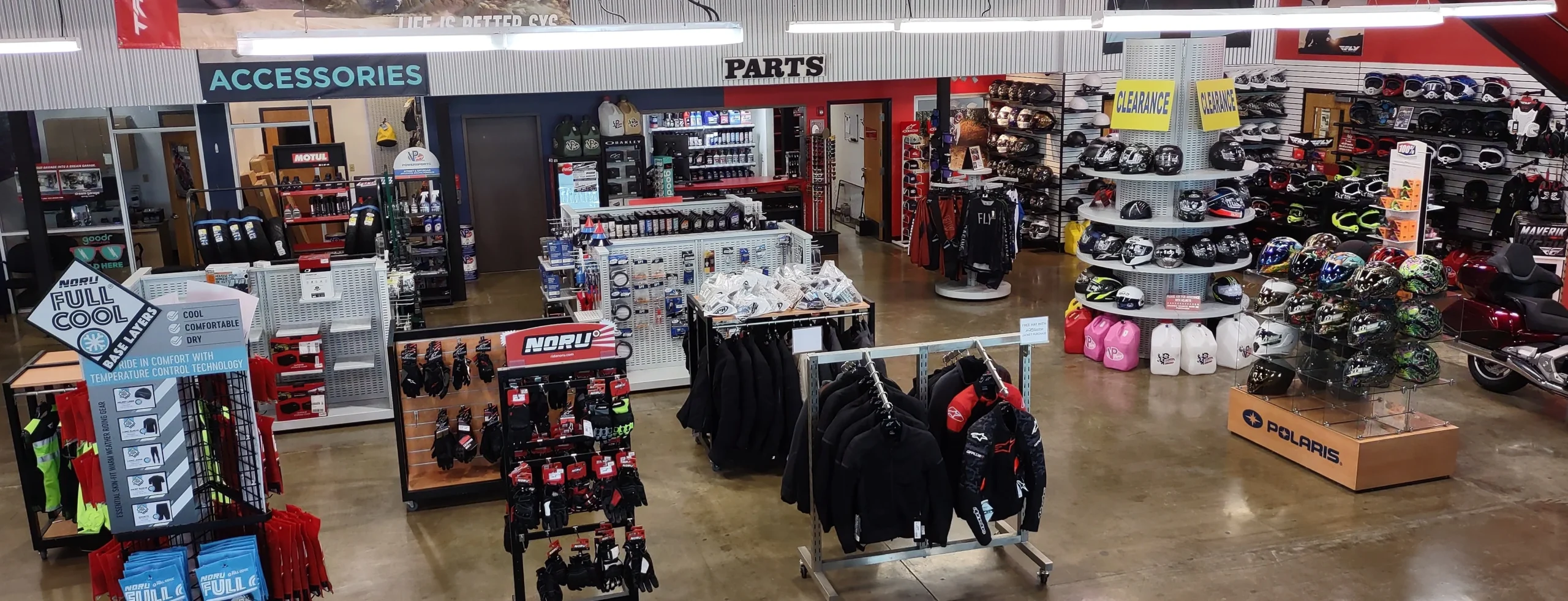Discover the current Motocross Gear NZ for each Degree of Rider
Discover the current Motocross Gear NZ for each Degree of Rider
Blog Article
Understanding the Vital Parts of a Motorcycle: A Comprehensive Overview for Enthusiasts
For bike enthusiasts looking to raise their riding experience and ensure their bikes run smoothly, understanding the essential components of a motorbike is paramount. Each component, from the engine's detailed workings to the essential role of the stopping mechanisms, not just affects efficiency but likewise security and comfort. This overview will go through the basic parts that every rider ought to be familiar with, enabling educated selections in both maintenance and prospective upgrades. As we begin this exploration, one must ask: exactly how does each component communicate to create the smooth experience every fanatic looks for?
Engine Components

The camshaft plays a critical duty in controlling the timing of the engine's shutoffs, guaranteeing the accurate opening and closing necessary for effective fuel and air consumption, along with exhaust expulsion. This timing is vital to keeping optimum engine performance and efficiency. Additionally, the carburetor or fuel shot system, depending on the bike design, is accountable for blending air with gas in the right ratio for combustion.
The air conditioning system, either air or liquid-based, functions to preserve the engine's temperature level within functional limits, preventing overheating and making certain long life - motocross parts nz. Each element, meticulously made and incorporated, adds to the smooth procedure of the engine, specifying the motorbike's power output and general performance
Transmission System
Essential to the bike's functionality, the transmission system ensures effective power transfer from the engine to the wheels. This system consists of several critical parts, including the clutch, gearbox, and final drive, each playing a vital role in translating the engine's power right into motion. The clutch, commonly operated by a hand bar, serves to disengage the engine and engage from the transmission, enabling smooth gear adjustments and controlled velocity.
The transmission, usually described as the transmission proper, includes a collection of equipments that bikers can by hand change with to change the bike's speed and torque outcome. These gears are set up in a series that makes it possible for the bike to increase smoothly and maintain optimal engine efficiency across different rates. A lot of motorcycles make use of a consecutive transmission, needing the cyclist to change gears in a fixed order.
Braking Systems
While understanding the transmission system is crucial to using a motorcycle's power, equally vital is the capacity to control and stop that power effectively, which is where braking mechanisms come right into play. Brakes are vital for safety and security and performance, offering the biker with the required control to browse numerous surfaces and conditions. Generally, motorcycles feature two sorts of stopping systems: disc brakes and drum brakes.
Disc brakes are extra common in modern-day motorbikes due to their remarkable efficiency. This system offers much better warmth dissipation, consistent efficiency, and enhanced stopping power, specifically in damp conditions.
Conversely, drum brakes, though much less common, are still found in some motorbikes. They work by pushing brake shoes versus the inner surface of a drum affixed to the wheel. While usually less effective in heat dissipation and stopping power, drum brakes are simpler and a lot more economical.
Recognizing these braking systems' nuances permits riders to keep their motorbikes effectively and appreciate the engineering that makes certain risk-free and efficient stopping.
Suspension and Steering
Suspension and steering systems are essential components that dramatically influence a motorbike's handling and adventure comfort. The suspension system, consisting of forks at the front and shock absorbers at the back, takes in roadway irregularities, boosting stability and control. Front forks, upside down or usually telescopic, compress and rebound to reduce effects, while back shock absorbers keep tire contact with the road, critical for traction and safety and security.
Guiding, focused around the handlebars, attaches the cyclist to the motorbike's directional control. The guiding head bearings make certain smooth procedure, permitting accurate ability to move. Proper placement and upkeep of these bearings are essential for foreseeable steering response and decreasing biker tiredness.
The suspension's adjustability is another essential facet; preload, read here damping, and rebound settings permit customization to suit numerous riding designs and conditions. This flexibility is crucial for maximizing performance, whether browsing city roads or tackling rugged routes. Developments like electronic suspension systems offer real-time changes, boosting trip top quality throughout varied terrains.

Electrical Systems
After ensuring a controlled and smooth trip through reliable suspension and guiding systems, attention turns to the electric systems, a pivotal facet of contemporary bikes. These systems play a critical function not just in beginning the engine but also in powering numerous parts that improve the performance and security of the bike.
At the heart of a motorcycle's electric system is the battery, which shops electrical power essential for beginning the engine and powering auxiliary systems - motorcycle parts nz. The generator or generator, combined with the rectifier-regulator, guarantees the battery remains charged while the motorbike is in operation, converting mechanical energy into electric energy and preserving voltage levels
The ignition system, an additional critical part, is in charge of igniting the air-fuel mixture in the engine's cylinders. Modern motorbikes commonly make use of an electronic ignition system, using higher performance and integrity compared to conventional systems.
Lights systems, including fronts lights, tail lights, and indications, are likewise vital, guaranteeing exposure and safety and security for the motorcyclist. Additional digital components such as sensors, control systems, and presents add to advanced attributes like fuel injection monitoring, anti-lock stopping systems (ABDOMINAL MUSCLE), and electronic dashboards, even more boosting the riding experience.
Verdict
A detailed comprehension of a motorbike's crucial elements, including the engine, transmission system, braking mechanisms, suspension, guiding, and electrical systems, is vital for enthusiasts intending to enhance convenience, efficiency, and safety. Mastery of these aspects enables notified decisions relating to maintenance and upgrades, inevitably boosting the riding experience. By integrating this understanding, riders can guarantee their bikes run at peak efficiency and reliability, thus optimizing both satisfaction and durability of their lorries.
For motorbike fanatics looking to raise their riding experience and ensure their bikes run efficiently, recognizing the essential parts of a bike is vital.Integral to the motorbike's functionality, the transmission Full Report system ensures reliable my explanation power transfer from the engine to the wheels.While recognizing the transmission system is essential to utilizing a motorcycle's power, similarly crucial is the capacity to regulate and quit that power properly, which is where braking systems come right into play. Commonly, motorcycles include two types of stopping systems: disc brakes and drum brakes.
A thorough understanding of a motorbike's vital elements, consisting of the engine, transmission system, stopping devices, suspension, guiding, and electric systems, is vital for enthusiasts aiming to enhance efficiency, safety and security, and convenience.
Report this page